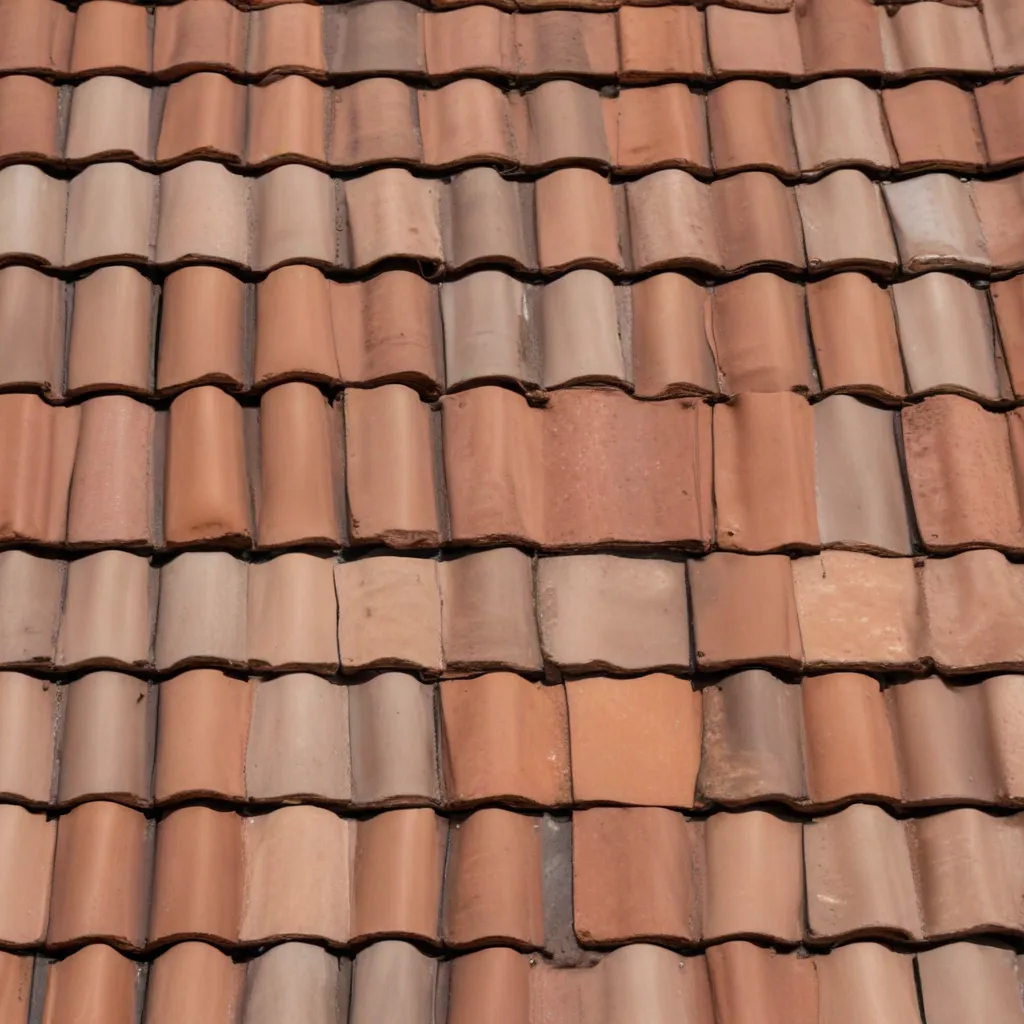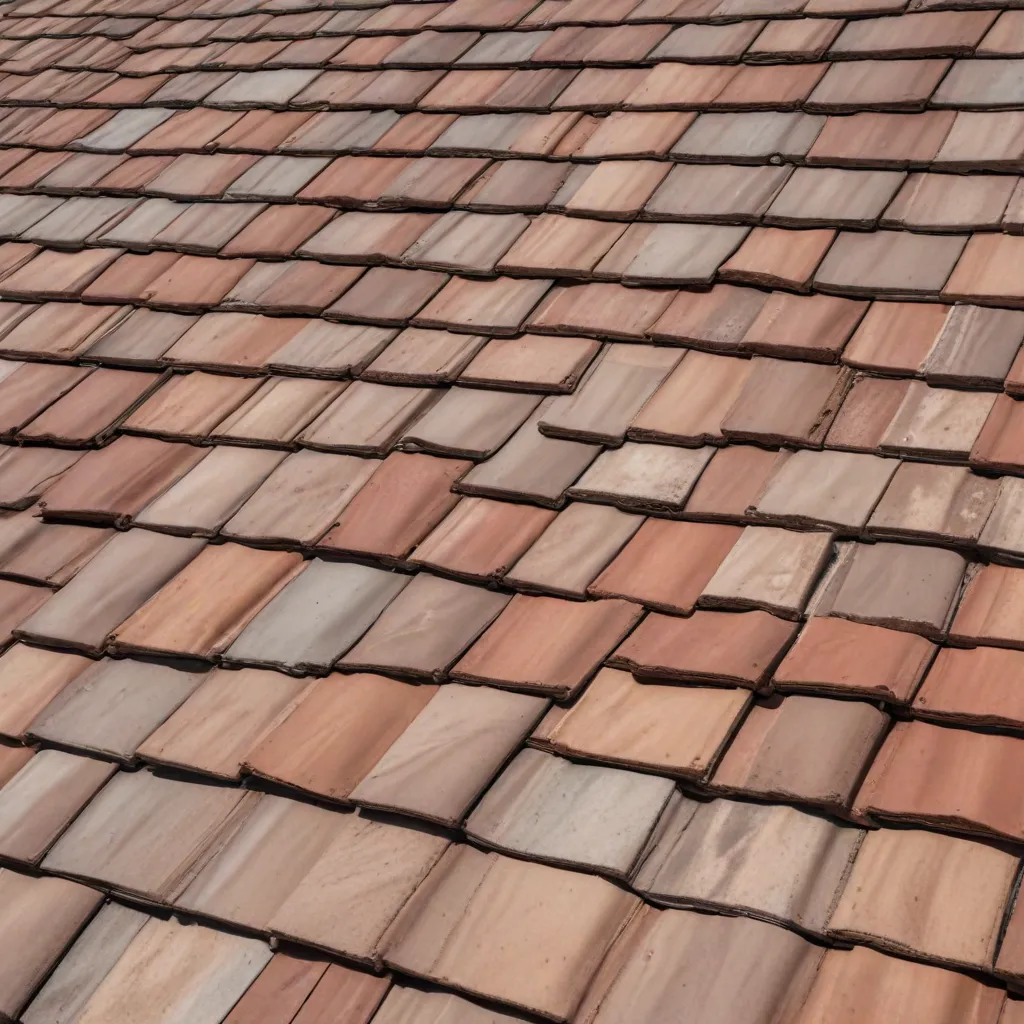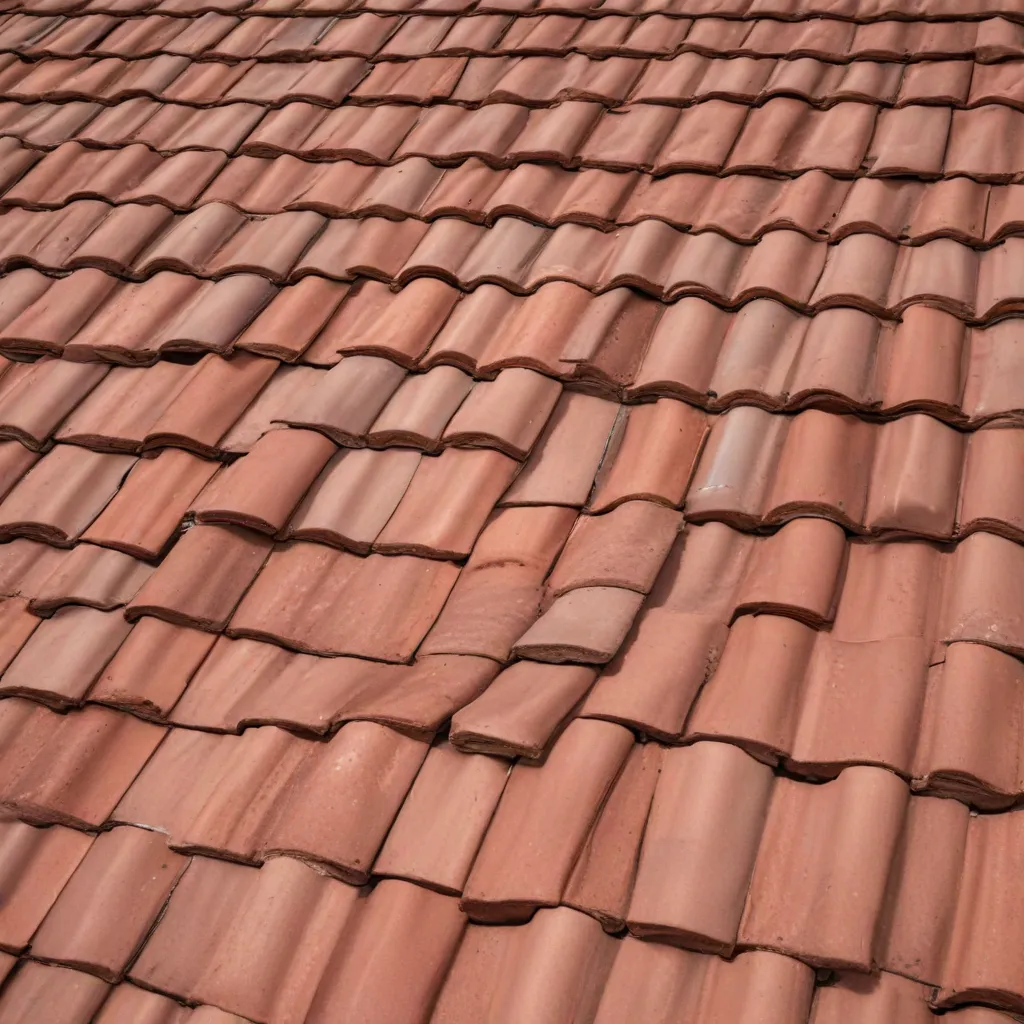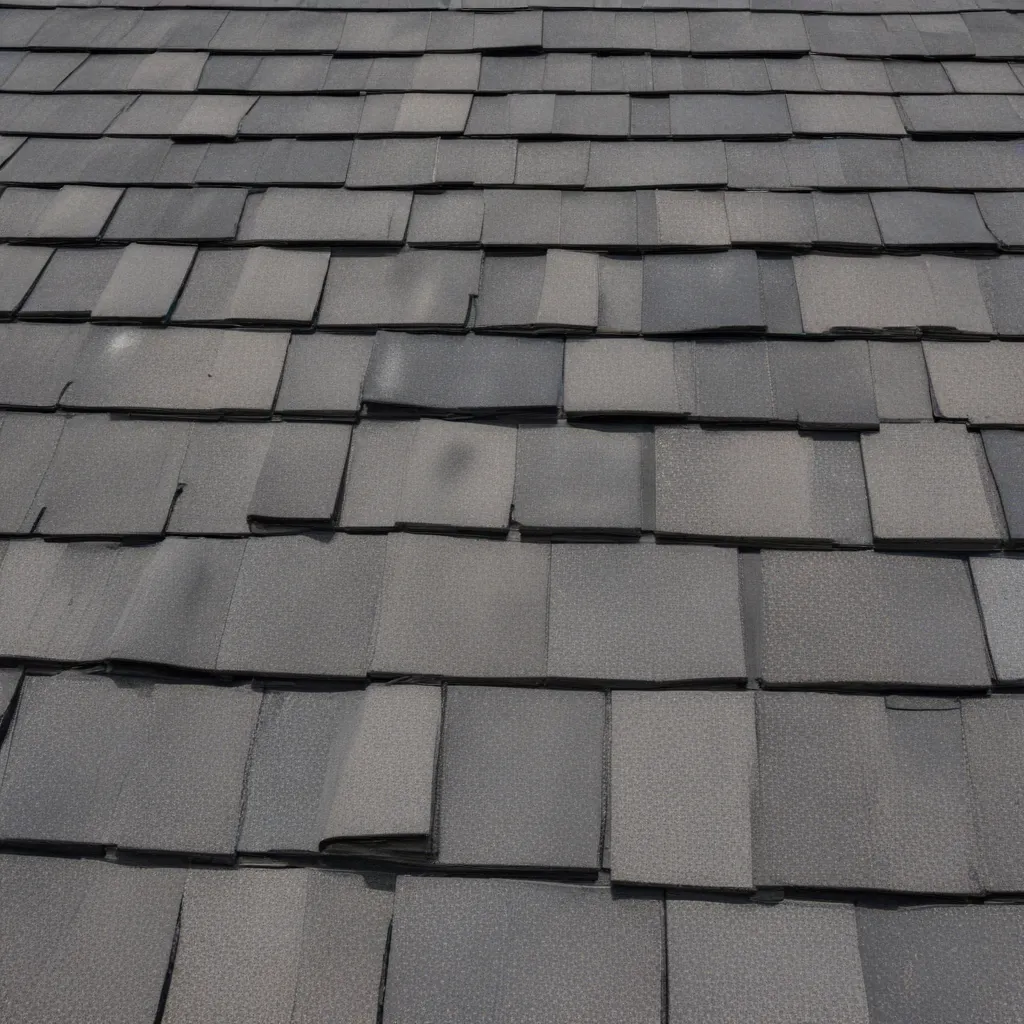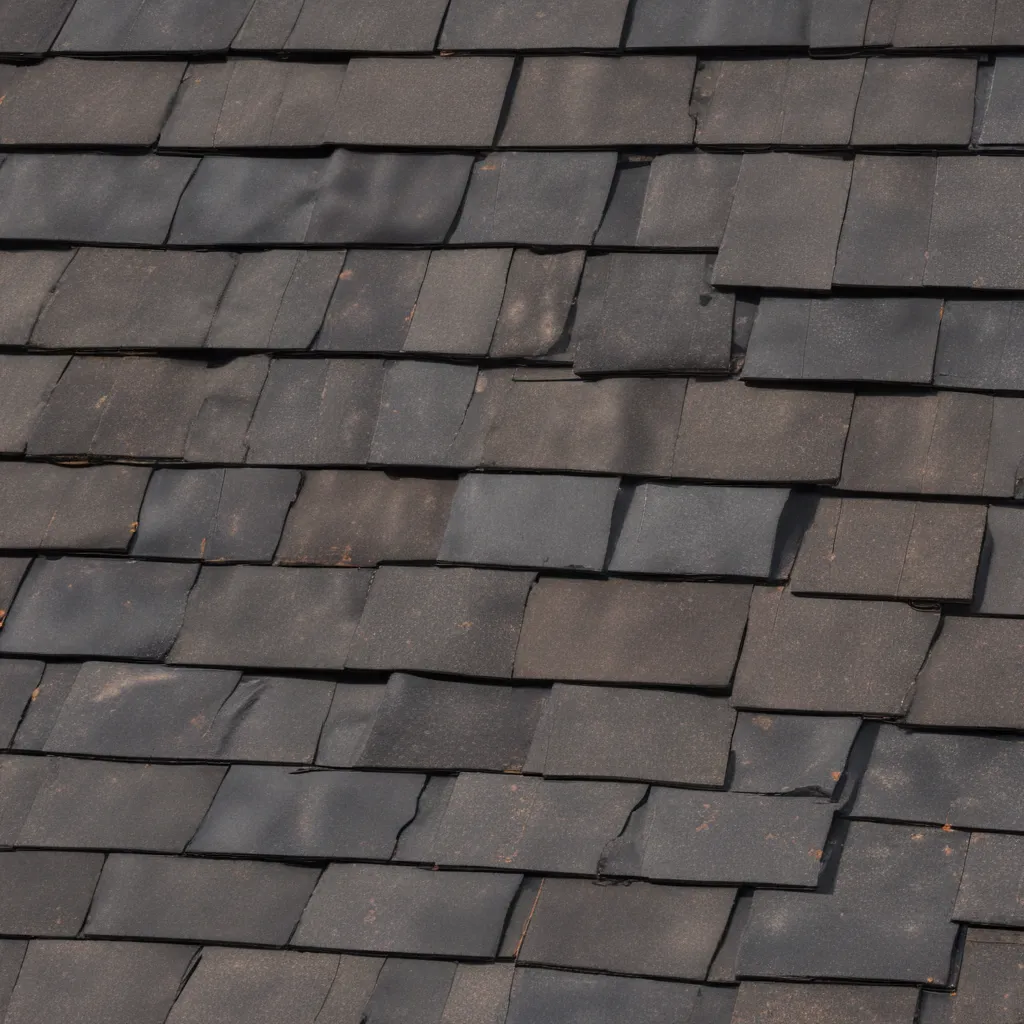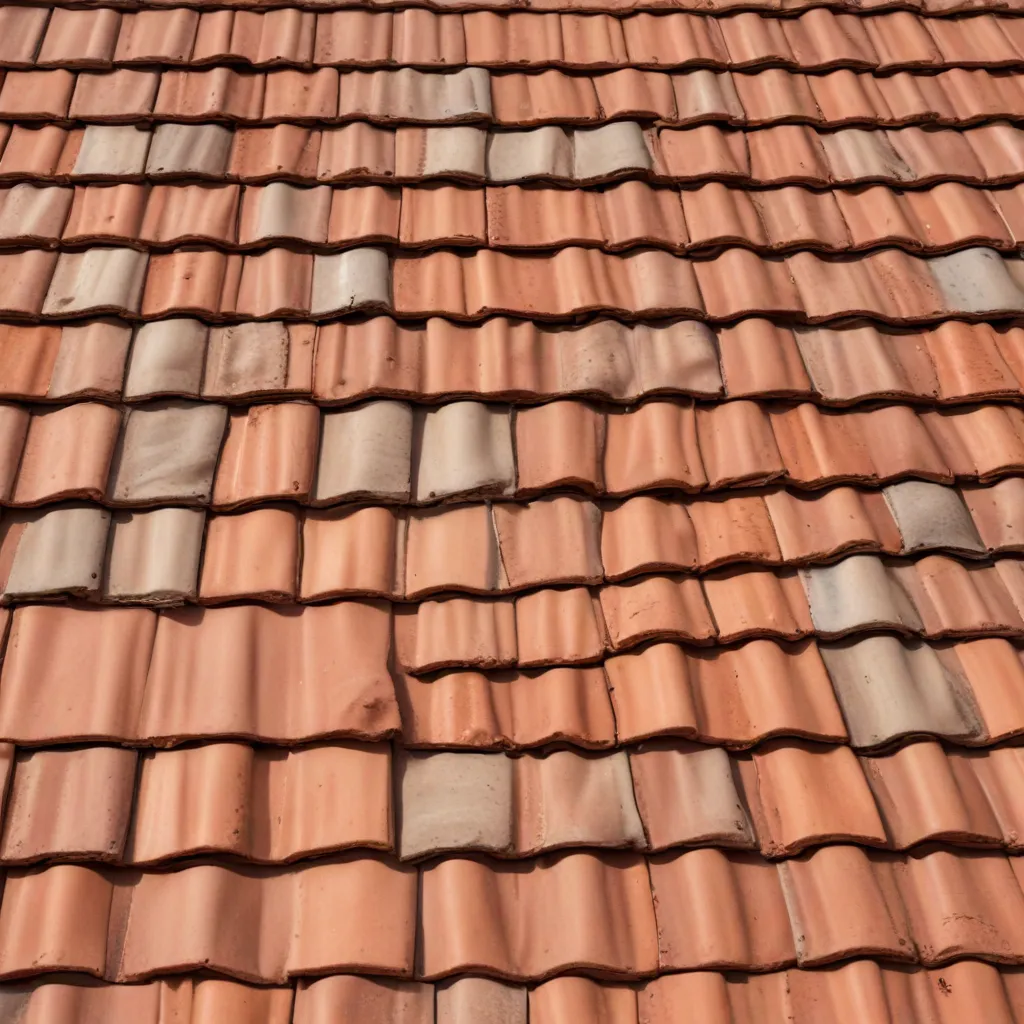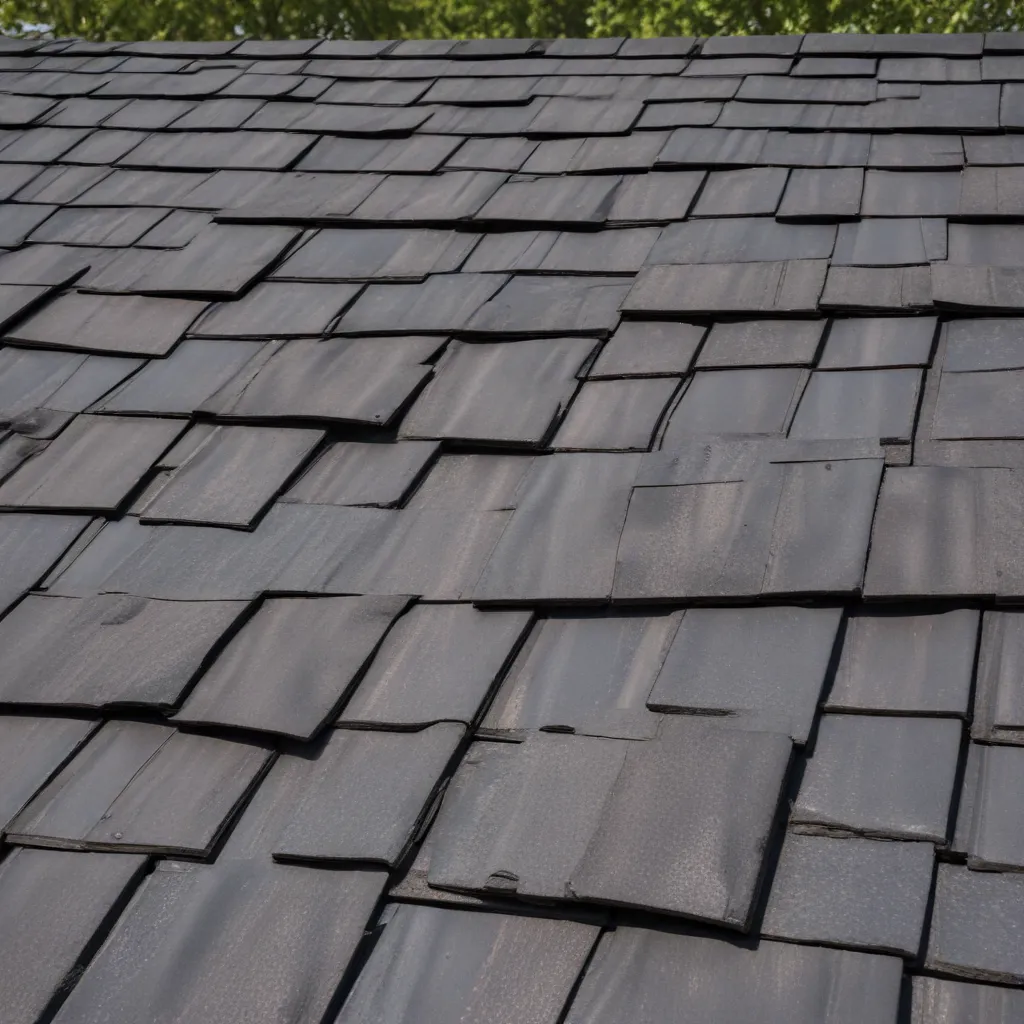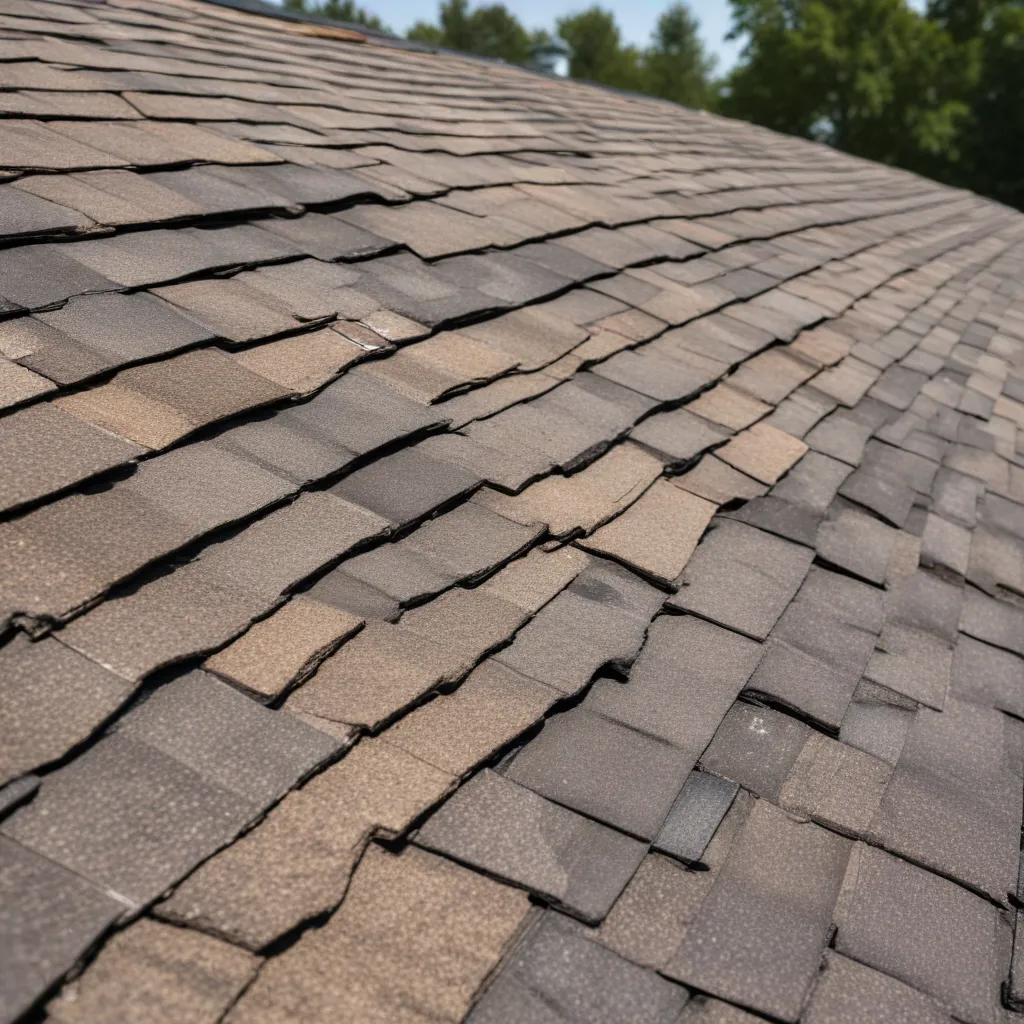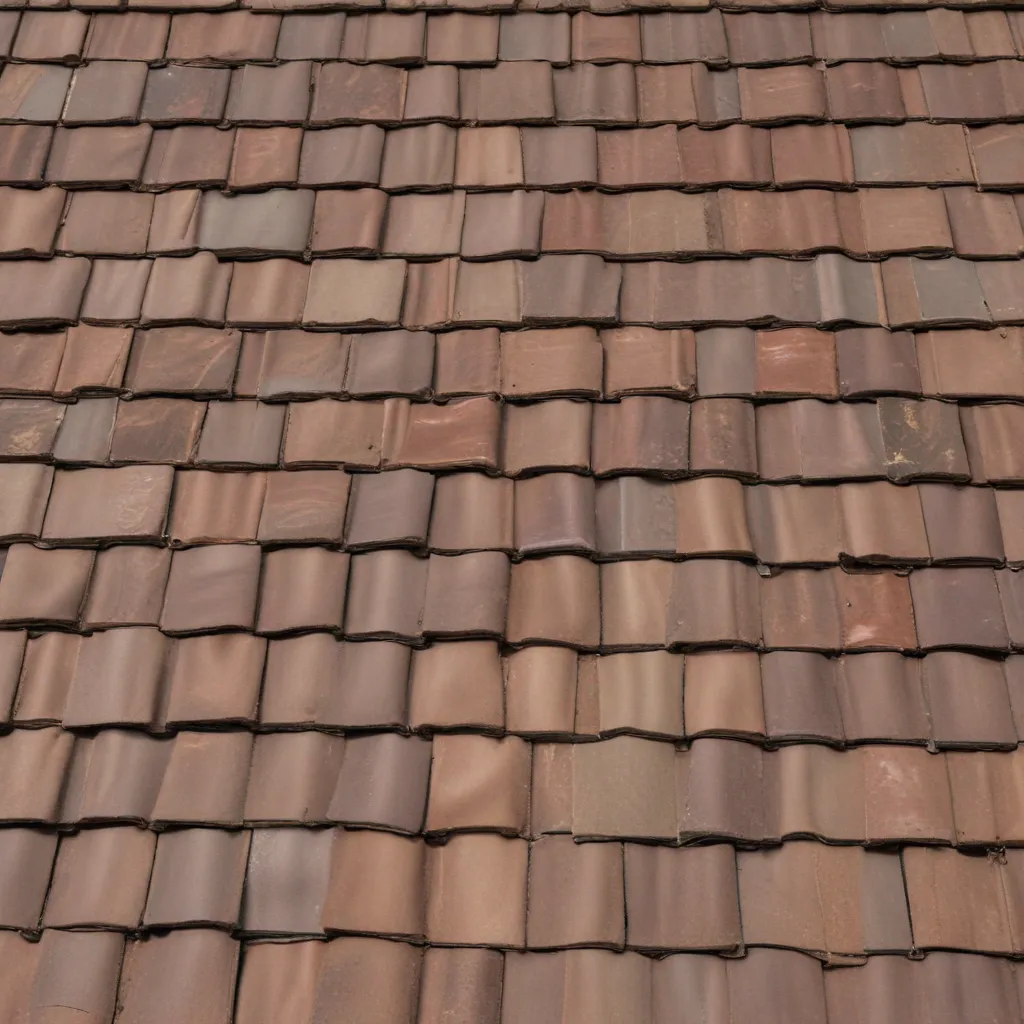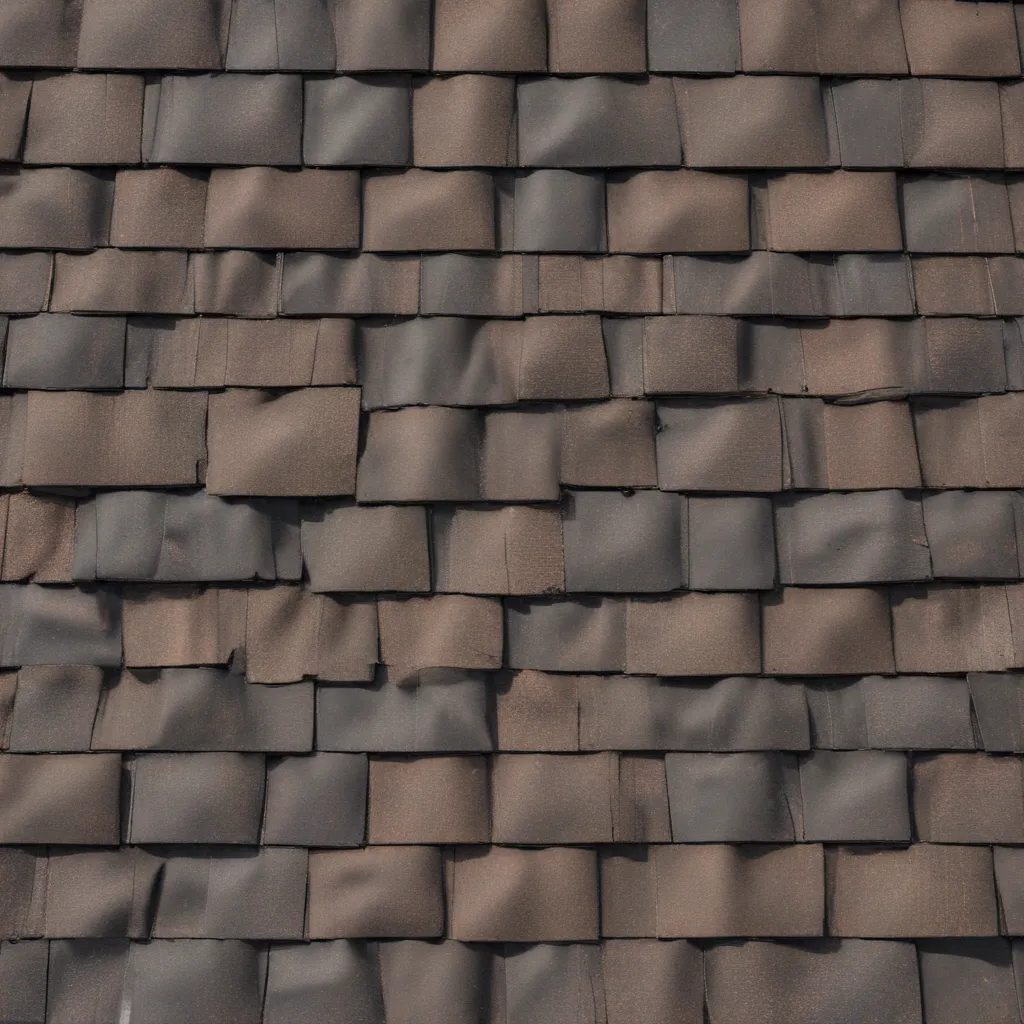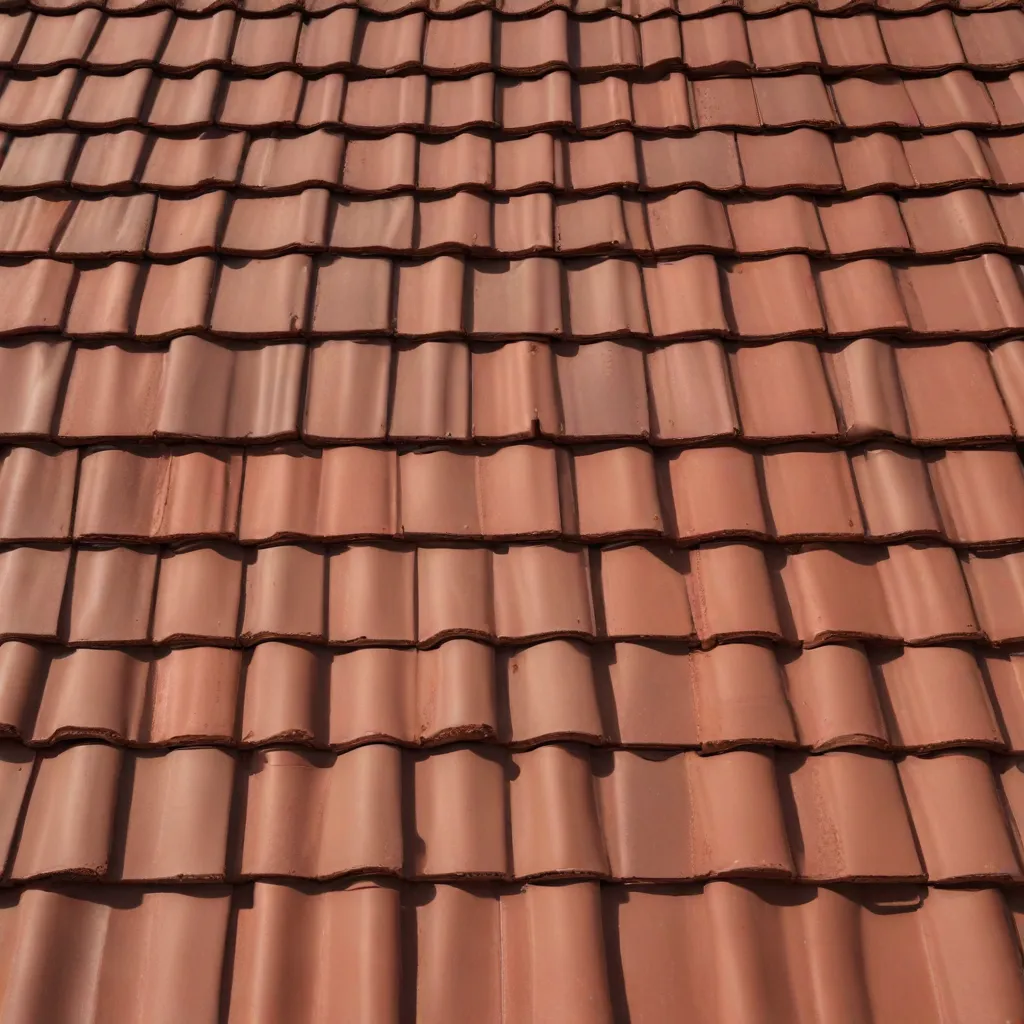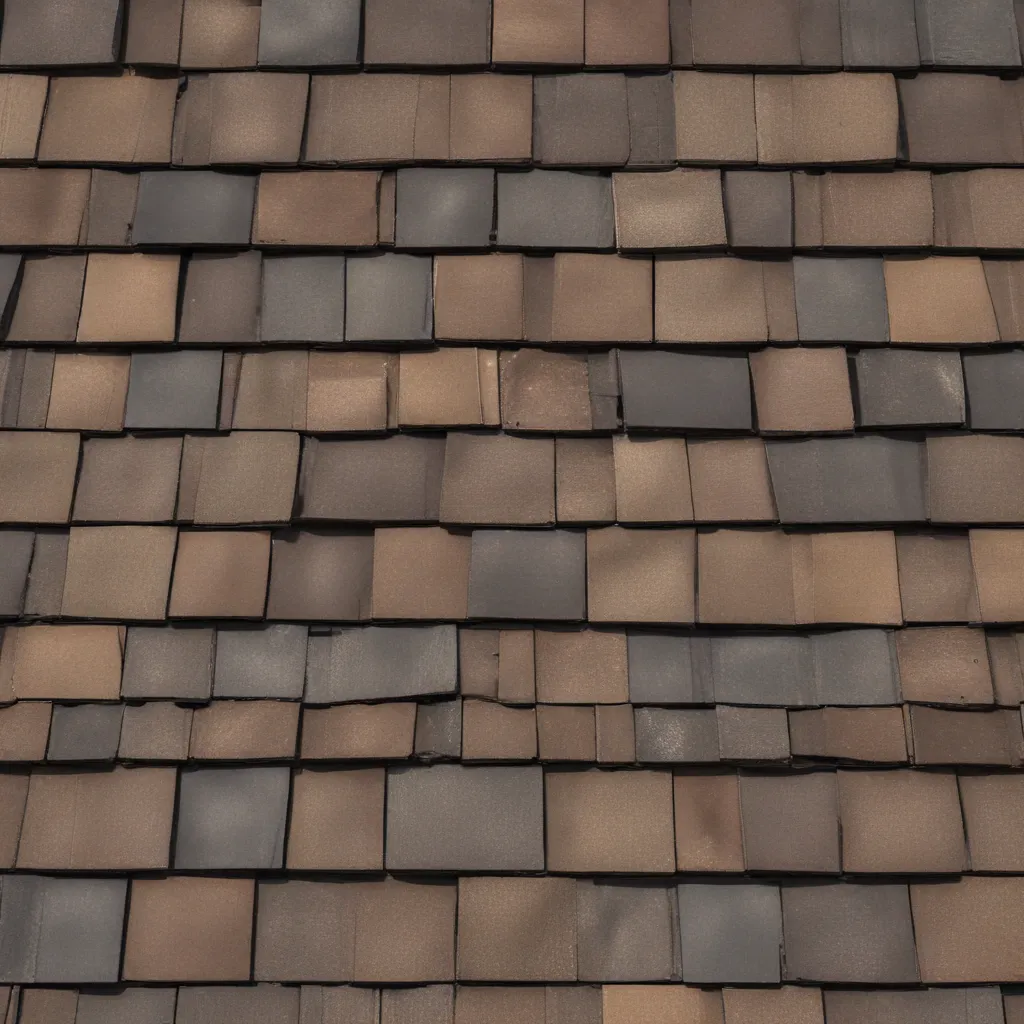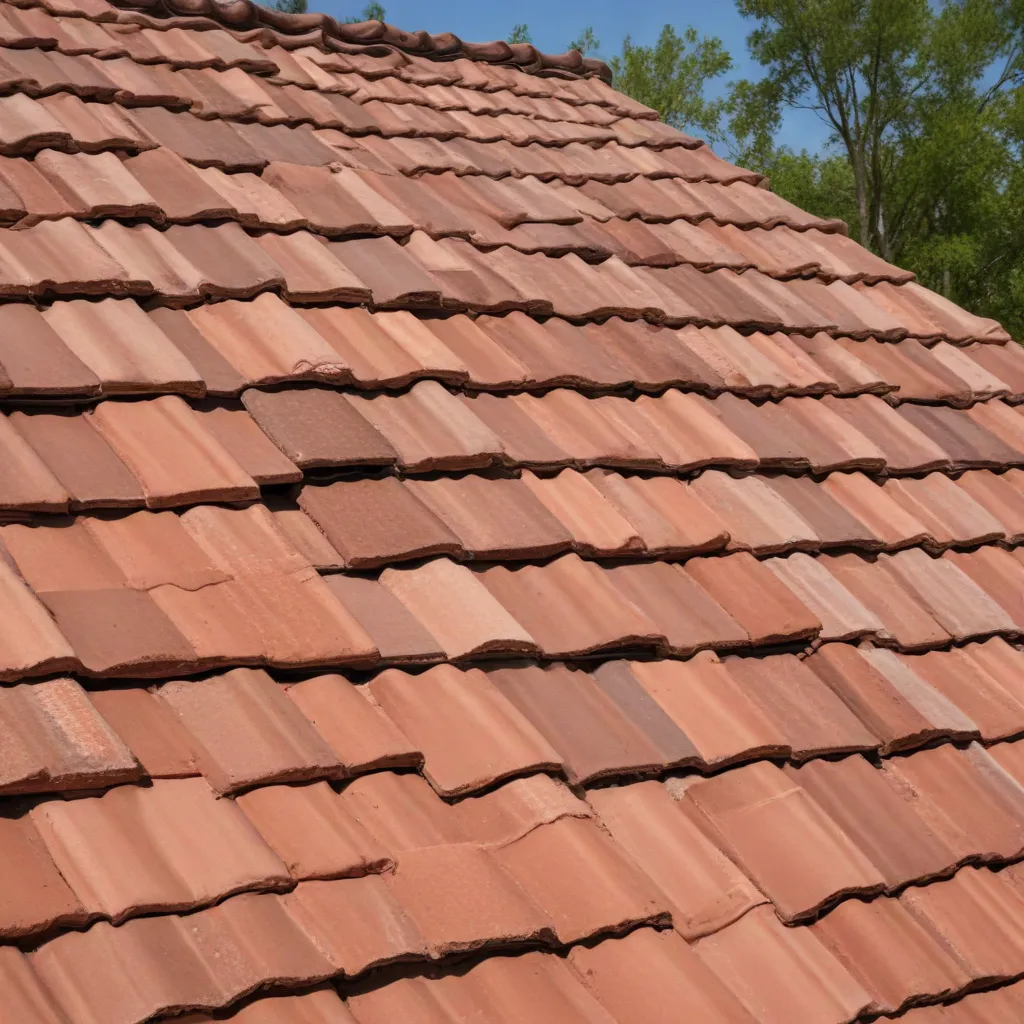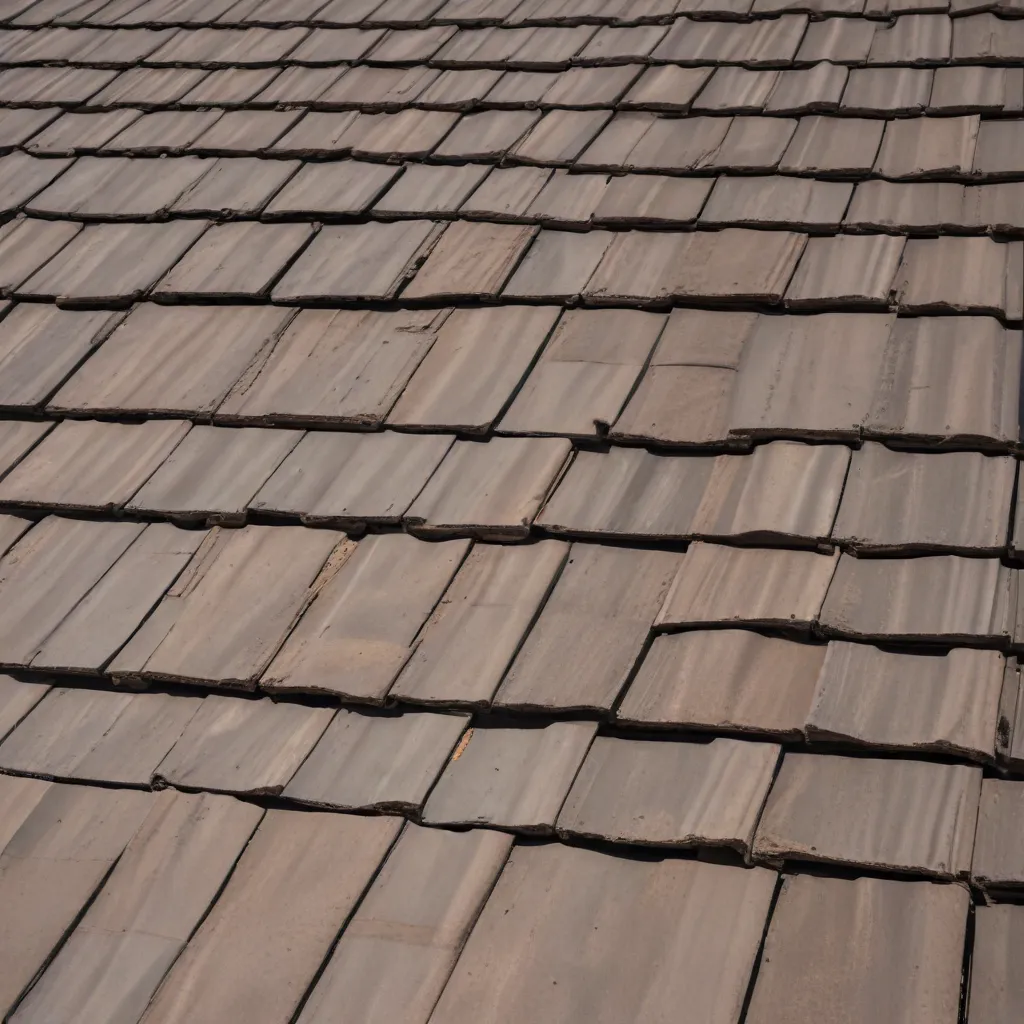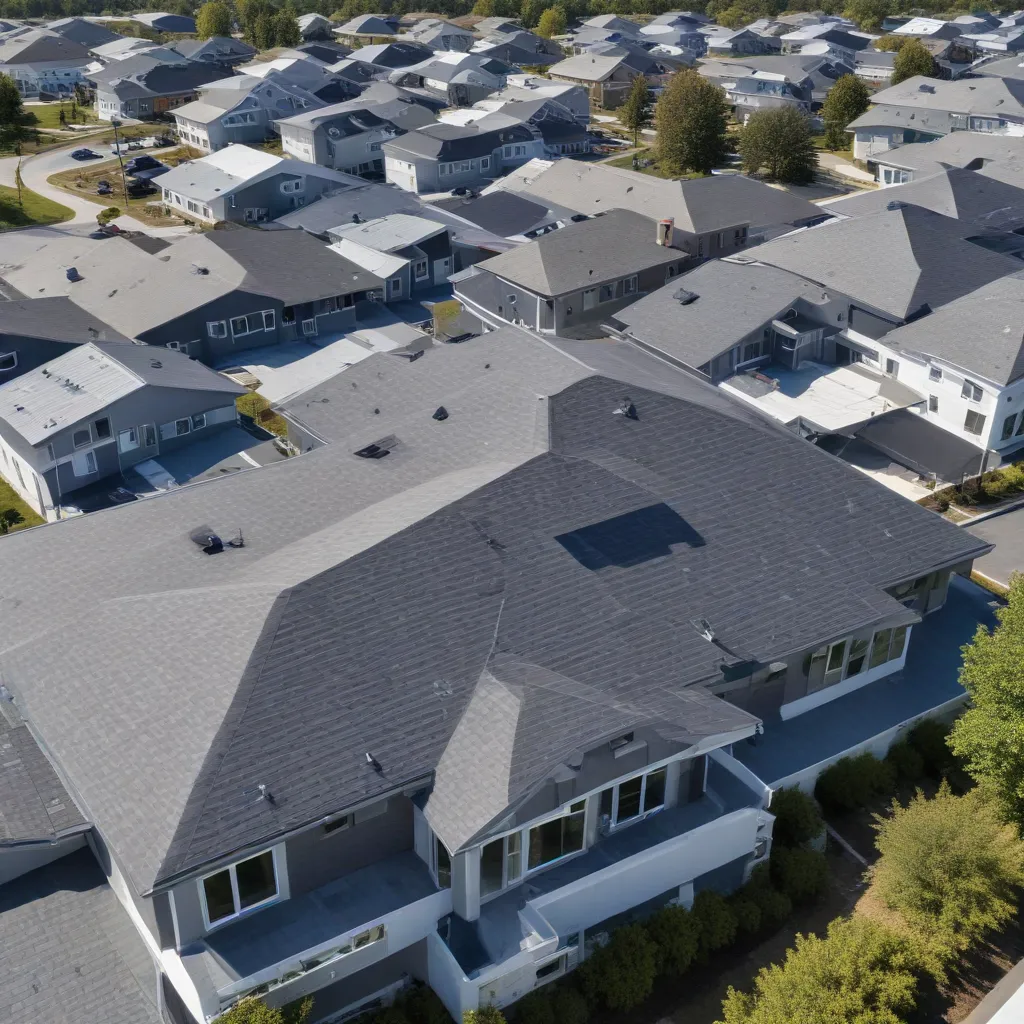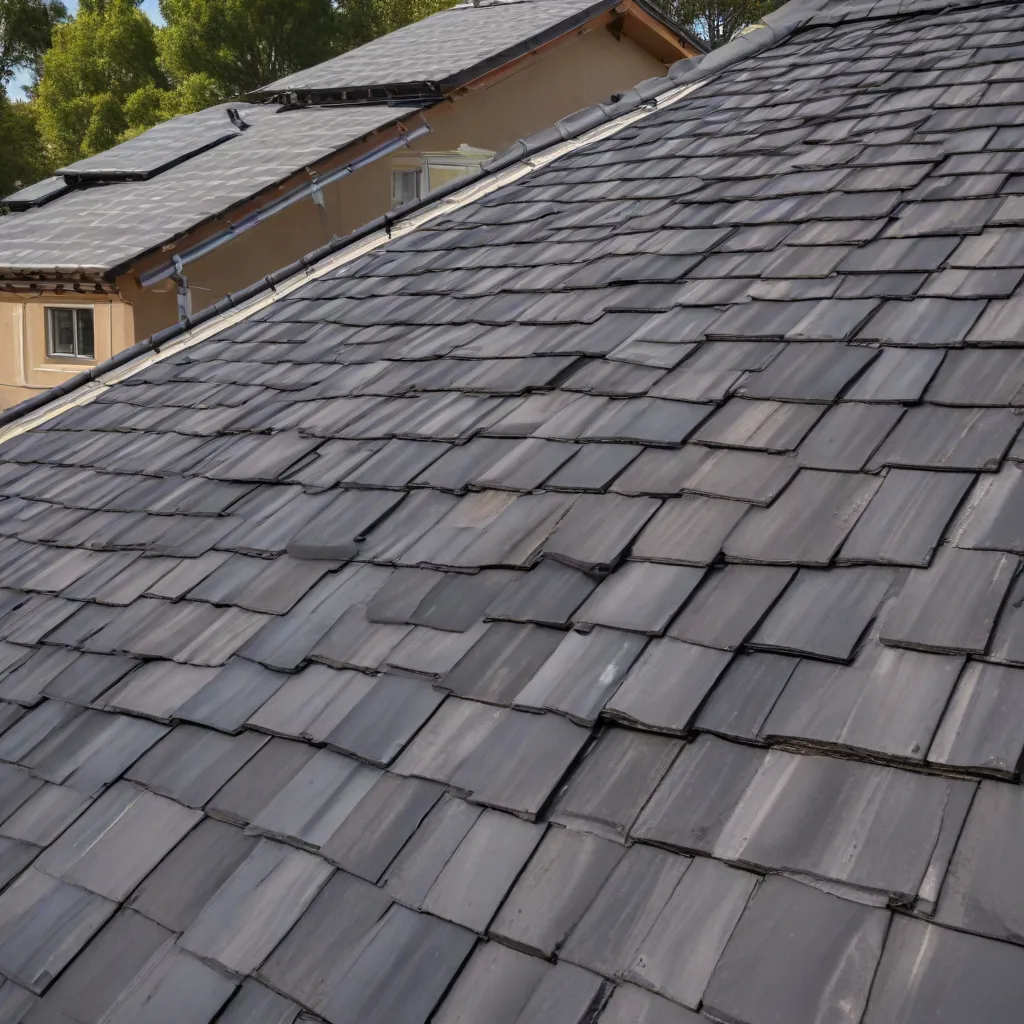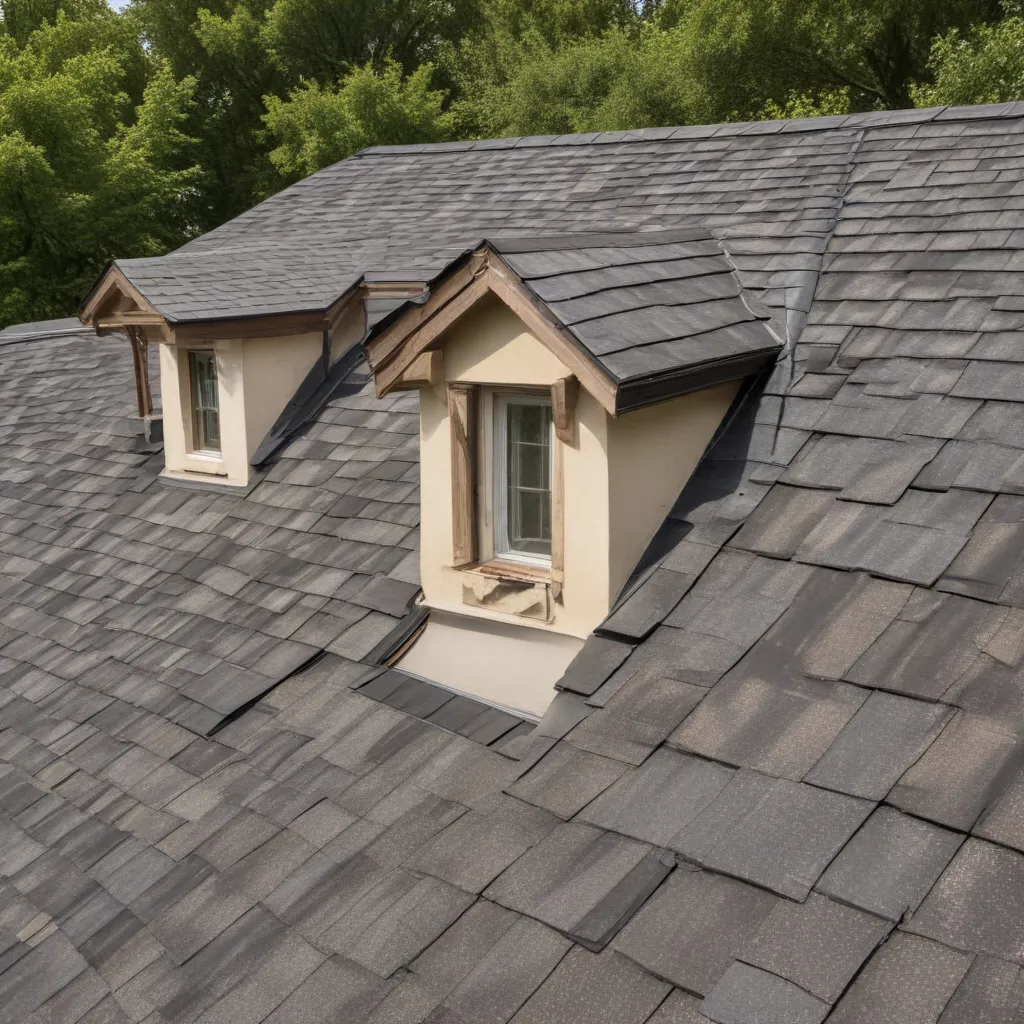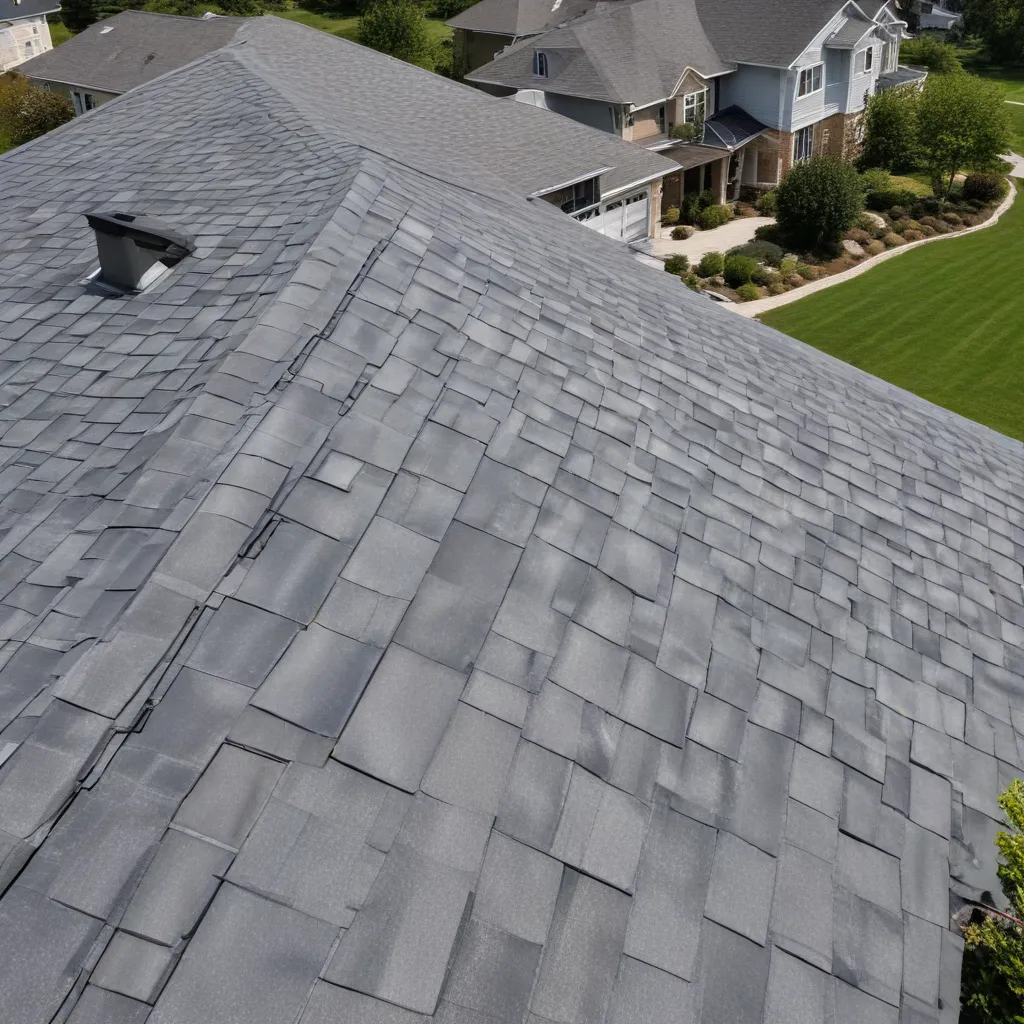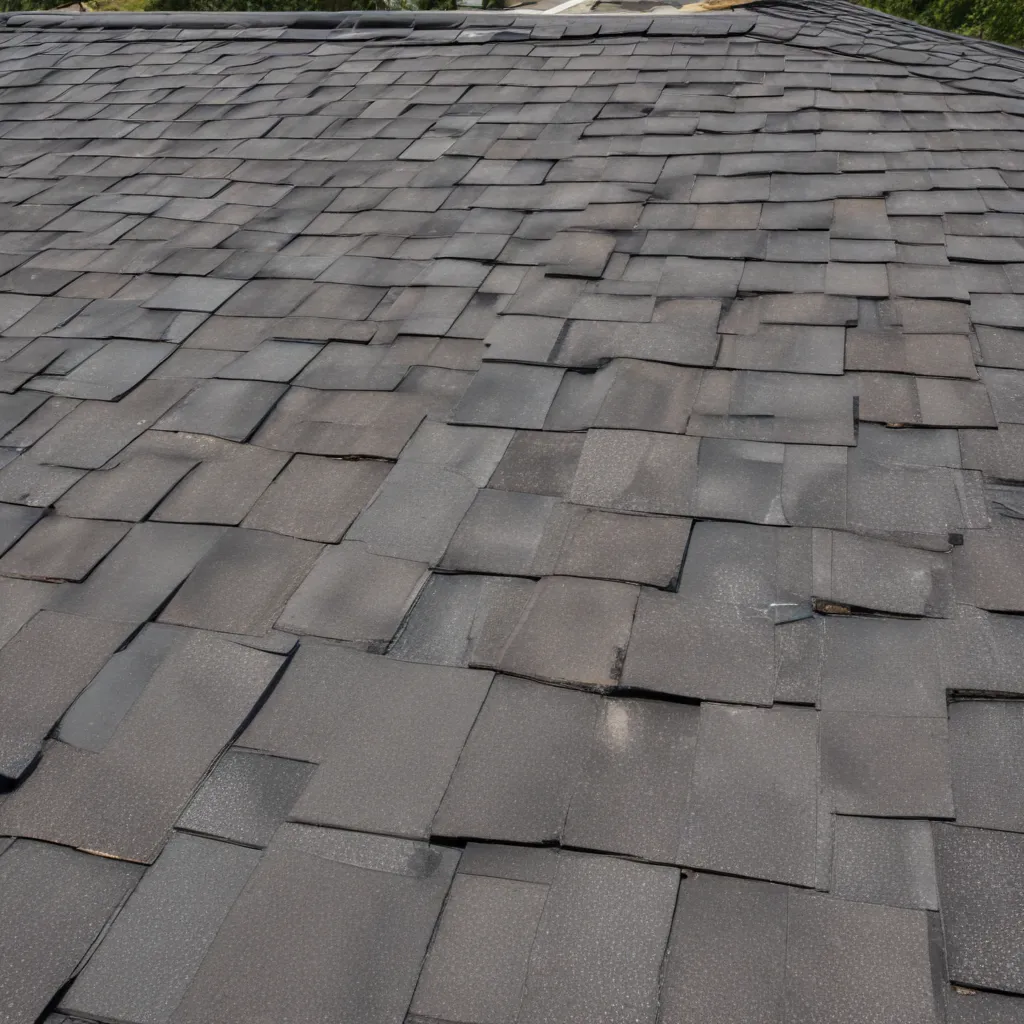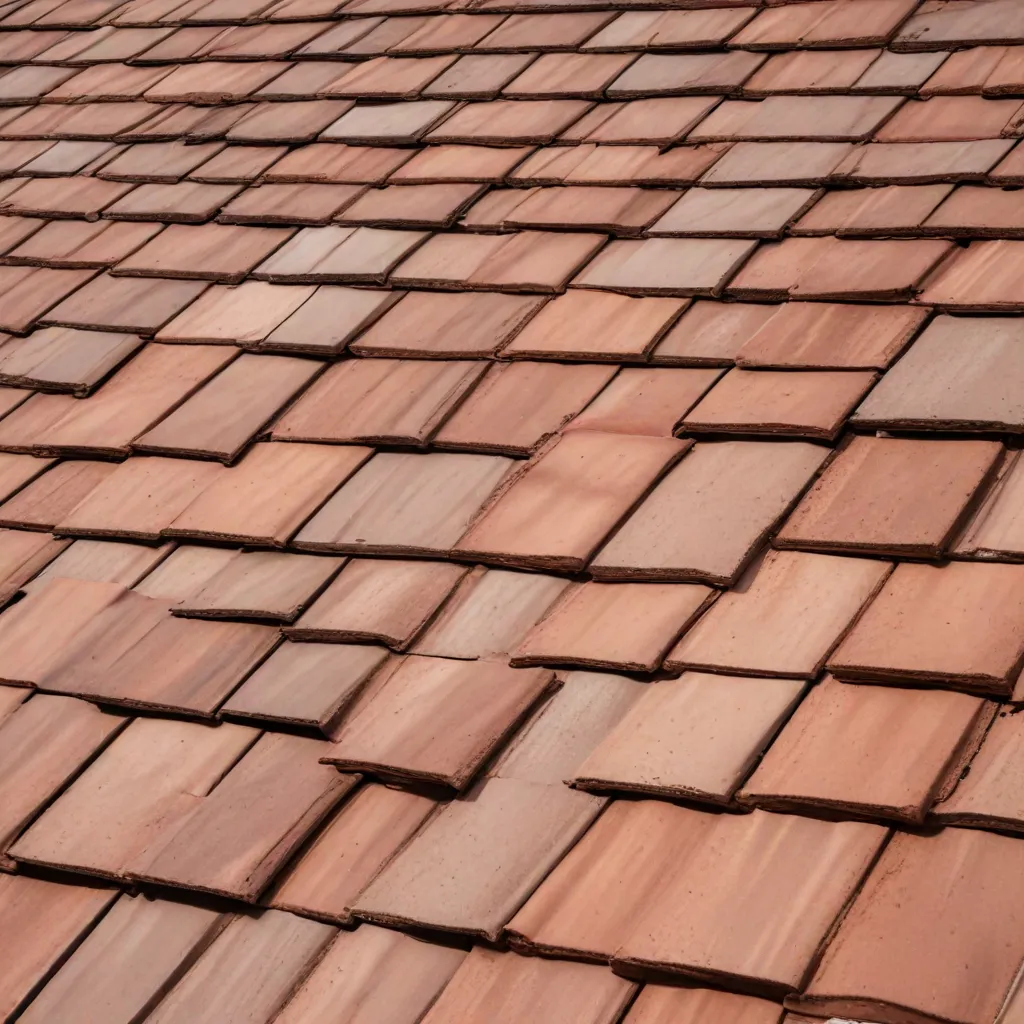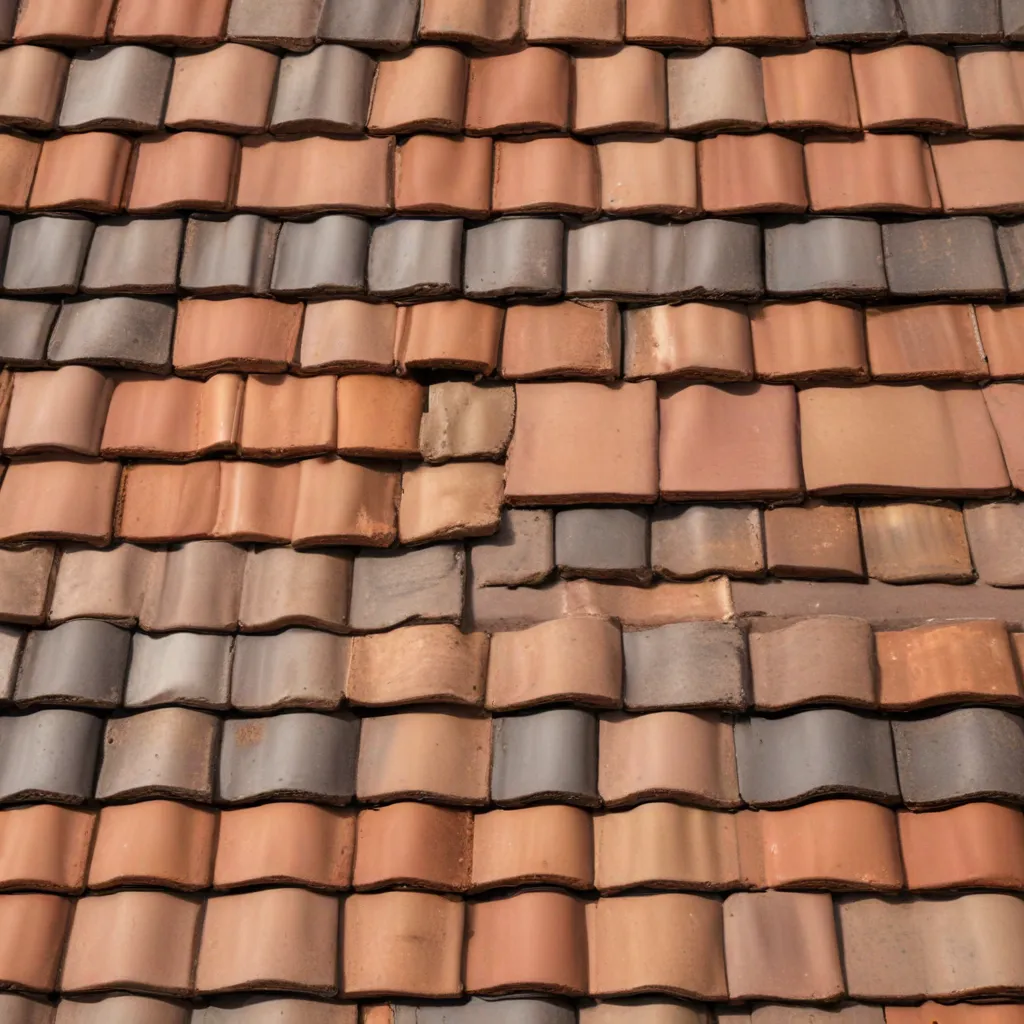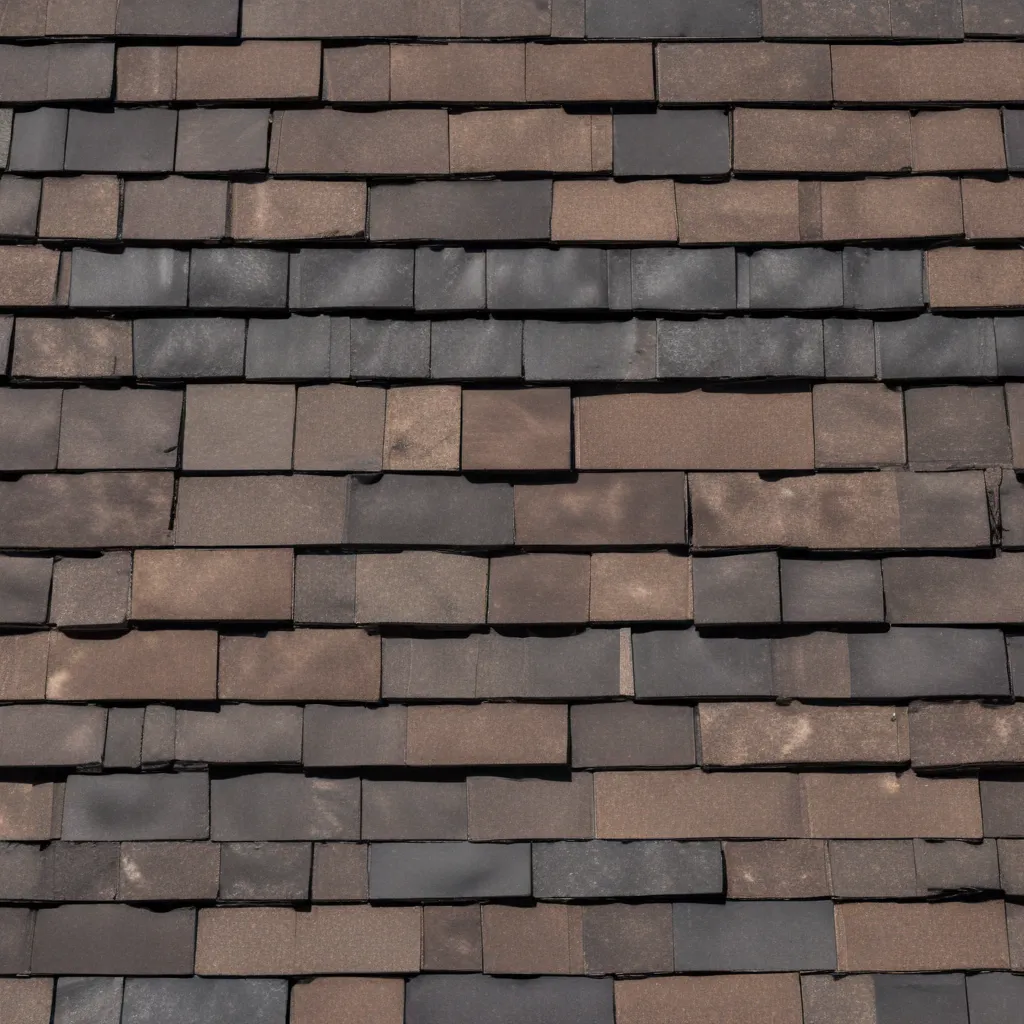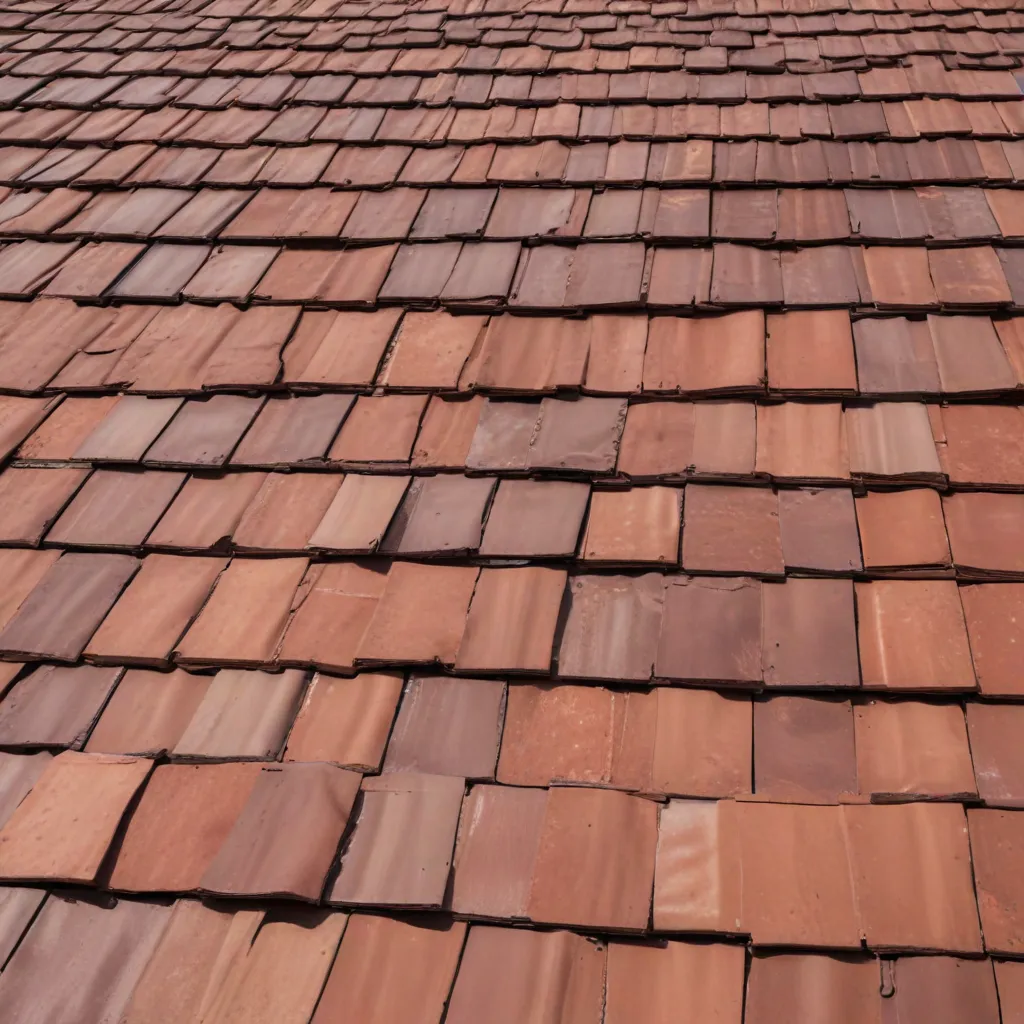In today’s world, where environmental issues are at the forefront of our concerns, finding sustainable solutions for our homes is of paramount importance. One such solution that can significantly contribute to a greener and more sustainable home is roofing insulation. By insulating our roofs effectively, we can not only reduce energy consumption and lower utility bills but also make a positive impact on the environment. In this article, we will explore the benefits of roofing insulation and how it can help you create a more energy-efficient and eco-friendly home.

The Importance of Roofing Insulation
Roofing insulation plays a crucial role in maintaining a comfortable indoor environment while minimizing energy usage. A well-insulated roof acts as a barrier, preventing heat transfer between the interior and exterior of a building. This means that during the hot summer months, insulation keeps the heat outside, resulting in a cooler and more comfortable living space. Conversely, in colder seasons, insulation helps retain heat indoors, reducing the need for excessive heating and thereby lowering energy consumption.
Energy Efficiency and Cost Savings
One of the primary benefits of roofing insulation is its ability to improve energy efficiency in homes. By reducing heat transfer, insulation helps maintain a consistent temperature throughout the year, reducing the need for excessive heating or cooling. This, in turn, leads to significant cost savings on energy bills.
Studies have shown that proper insulation can save homeowners up to 30% on their energy bills. The initial investment in insulation materials and installation is quickly recouped through these substantial savings. Moreover, with rising energy costs, investing in roofing insulation becomes even more financially prudent in the long run.
Environmental Benefits of Roofing Insulation
Apart from the economic advantages, roofing insulation also offers numerous environmental benefits. By reducing energy consumption, insulation helps decrease greenhouse gas emissions, which are major contributors to climate change. Additionally, lower energy usage translates into a reduced dependency on fossil fuels, leading to a more sustainable and eco-friendly future.
Furthermore, insulation can contribute to soundproofing your home, reducing noise pollution from external sources. This not only enhances your living experience but also promotes a healthier and more peaceful environment.
Types of Roofing Insulation
There are various types of roofing insulation available, each with its own unique characteristics and benefits. Here, we will discuss a few of the most commonly used options:
1. Fiberglass Insulation
Fiberglass insulation is made from fine glass fibers and is known for its excellent thermal performance. It comes in the form of rolls or batts and is relatively easy to install. Fiberglass insulation is cost-effective and widely available, making it a popular choice among homeowners.
2. Cellulose Insulation
Cellulose insulation is primarily composed of recycled paper products and treated with fire-retardant chemicals. It is an eco-friendly option that provides good thermal performance and soundproofing qualities. Cellulose insulation is typically blown into the attic space, ensuring a seamless and effective barrier against heat transfer.
3. Spray Foam Insulation
Spray foam insulation is a versatile option that can be applied in various areas, including roofs, attics, and walls. It consists of a mixture of two chemicals that, when combined, expand and create a highly effective insulating layer. Spray foam insulation provides an airtight seal, preventing any drafts or heat leakage.
4. Reflective Insulation
Reflective insulation is designed to reduce heat gain by reflecting radiant energy. It consists of a reflective material, usually aluminum foil, that is installed on the underside of the roof. Reflective insulation is particularly useful in hot climates where it helps to keep the interior cool by reflecting the sun’s rays.
Installation and Maintenance
To ensure the best results, it is essential to have roofing insulation installed by professionals. They have the expertise and knowledge to assess your specific needs and determine the most suitable insulation type and thickness for your roof.
Regular maintenance and inspection of your roofing insulation are also crucial to its long-term effectiveness. Over time, insulation may settle or become damaged, compromising its thermal performance. It is recommended to have a professional inspect your insulation periodically to identify any issues and address them promptly.
Conclusion
Roofing insulation is a vital component of a greener and more sustainable home. By investing in quality insulation, homeowners can improve energy efficiency, reduce utility bills, and minimize their carbon footprint. With a wide variety of insulation options available, it is important to choose the one that best suits your needs and preferences. Whether it’s fiberglass, cellulose, spray foam, or reflective insulation, each option offers its own advantages in terms of performance and eco-friendliness. By unlocking the potential of roofing insulation, you can create a more comfortable, energy-efficient, and environmentally conscious living space for years to come.

